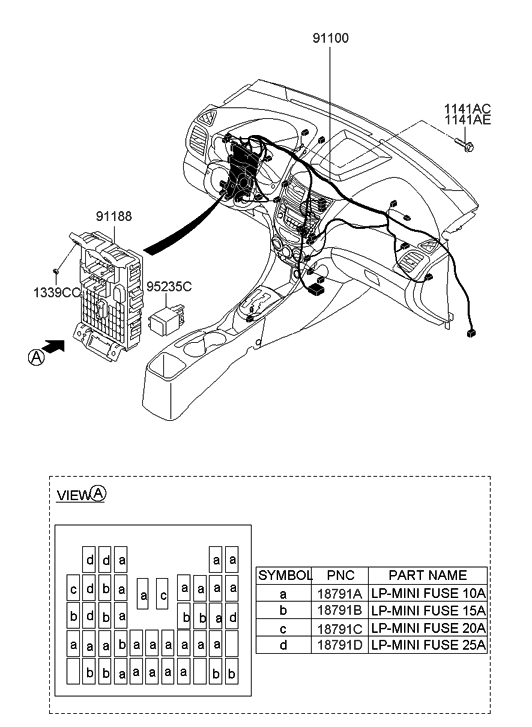Bongiovi Acoustics Digital Power Station
Techware inofrmation driver. With Digital Power Station DPS technology, you'll experience added depth, clarity, bass definition, presence and enhanced stereo field imaging via your laptop or desktop computer. Video games, apps, music and movies, videos, VOIP and video conferencing software like Google Voice, Skype and Face-time; will all come to life through the computer's on board speakers, external speakers or headphones. DPS Audio by Bongiovi Aviation utilizes Digital Power Station ™ //DPS technology invented by legendary music producer, recording engineer and audio innovator, Tony Bongiovi. DPS is a patented algorithm with a system of profiles, each containing over 120-calibration points. Bongiovi Acoustics DPS Audio Enhancer 2.2.6.1 17 MbThe DPS Plug-In re-masters all PC sound in real-time using the patented Digital Power Station audio enhancer technology. This is a revolutionary interactive experience that changes the way you listen to sound, whether it's your favorite music.
At a Glance
Expert’s Rating
Bongiovi Acoustics Digital Power Station (dps)
Pros
- Improves iTunes audio playback
- Balances dynamic range of movies
Bongiovi Acoustics Digital Power Station



Our Verdict
Digital Power Station (DPS) for iTunes from Bongiovi Acoustics is a plug-in that aims to optimize the sound you get from your Mac as you listen to music or watch movies. I’ll admit that I was pretty skeptical about how much impact such a plug-in could have, but I’m delighted to report that I was a fool: DPS’s effect is immediate, impressive, and almost entirely pleasant. In fact, the plug-in has now ruined me for iTunes without it.

DPS needs three bits of information to start working its magic: How you’re listening (headphones, built-in speakers, or external speakers), which specific model you’re listening with (as specific as which size iMac you’re using, for example), and whether you’re rocking out to music or watching a movie.
Once your settings are all set, you push the large B button. The first thing you’ll notice is the loudness—DPS boosts the low-, mid-, and high-range frequencies alike, which in turn causes a significant dynamic boost. But the second thing you’ll notice is how much fuller your music sounds. DPS adds significant clarity, depth, presence, and punch. Bass becomes bassier, instrumentation becomes more well-defined, and vocals shine front and center.
DPS works similar wonders with movies and TV shows. The plug-in’s Movie setting tries to balance out the dynamic range by ensuring that quieter passages get bumped up and louder ones don’t overwhelm you. I tested an iTunes movie rental and an episode of 24 that I ripped from one of my DVDs. In both cases, dialogue became much more prominent, and the overall soundtrack sounded superb.
So how does DPS do what it does? The technology behind the plug-in was originally conceived years ago by Tony Bongiovi, a record producer and recording engineer (and yes, the second cousin of perhaps the second-most famous New Jersey musician). Waytech development driver. At the time, Bongiovi was attempting to get better audio in high-noise environments, like airplanes. What once necessitated serious hardware now can be powered fully by software. As he explained it to me, the DPS plug-in analyzes the source material in real-time, and reassembles it live to accomodate the deficiencies of the specific speakers/headphones you’re using. (SRS Labs’ similarly-priced SRS iWOW Premium for iTunes, on the other hand, offers different presets for different music genres.) The patented process is essentially the same concept as DVDs that offer movies with digitally remastered audio.
To get the most out of DPS, it’s recommended that you disable iTunes’ Sound Check and Sound Enhancer features, as well as the built-in equalizer. That’s because of the plug-in’s real-time approach; it “listens” to your music and makes adjustments based on what’s happening in each song individually.

In spite of its greatness, DPS isn’t perfect. Sometimes I found that vocal-heavy music sounded too punchy, and some live recordings skewed a bit more trebly than they sounded with the plug-in disabled. But frankly, even when I thought DPS’s optimizations slightly misfired, I still preferred listening with the plug-in turned on.
And if you’re using third-party desktop speakers, or any non-Apple headphones, you’ll need to cycle through various unhelpfully-named presets—like Universal Earbuds 1, Universal Headphones 2, or Universal speakers 1 through 5. It’s a bit confusing, but I experimented until I found the setup that pleased my ears the most. And Bongiovi told me that customers can submit information about additional speakers or headphones that they use, and the company will attempt to buy those products and create custom profiles to optimize the plug-in specifically for those devices.
Macworld’s buying advice
If you listen to a lot of music or watch a lot of movies and TV shows in iTunes, Digital Power Station (DPS) for iTunes can make the experience a more pleasurable one. To see if you’ll like the results, grab the free trial and give it a test drive before plunking down $30.
